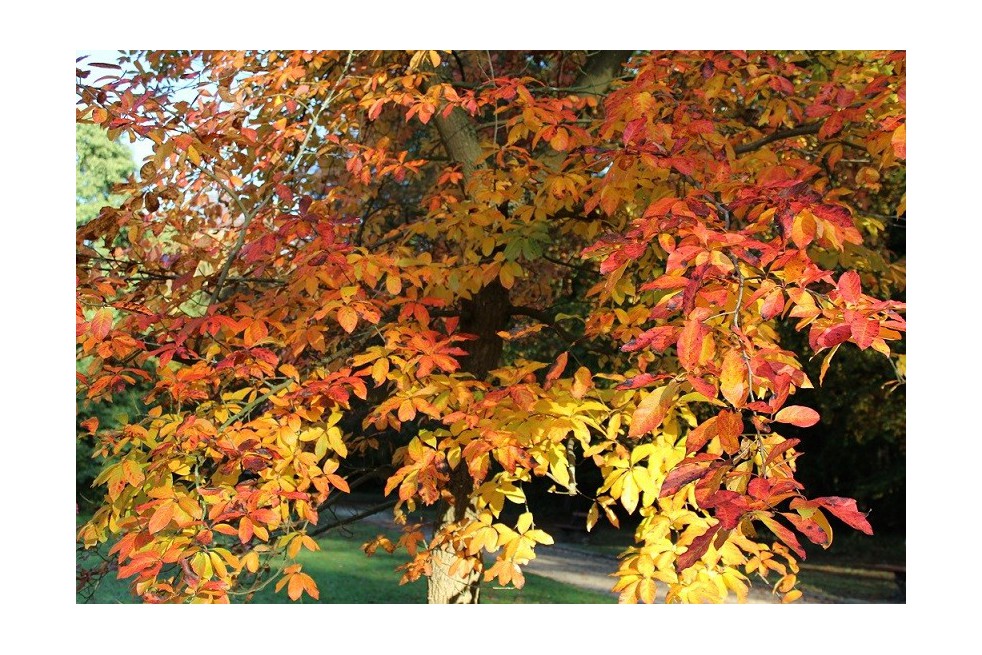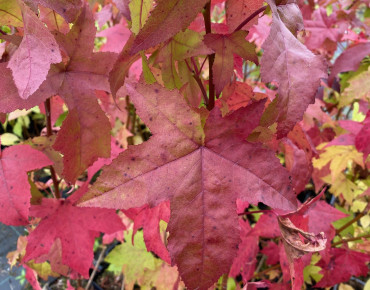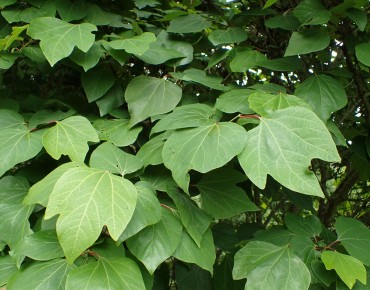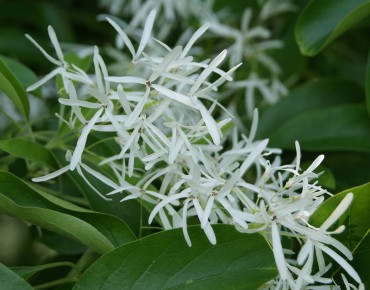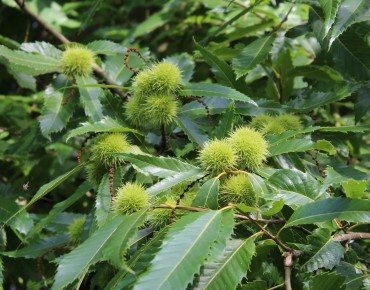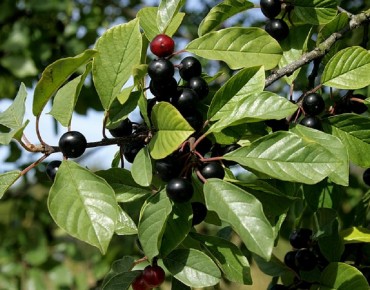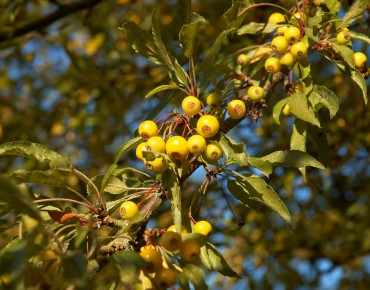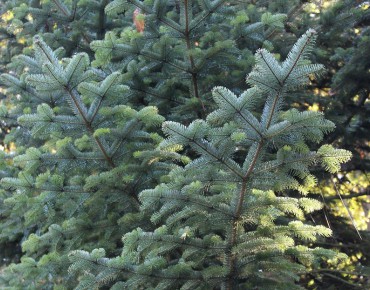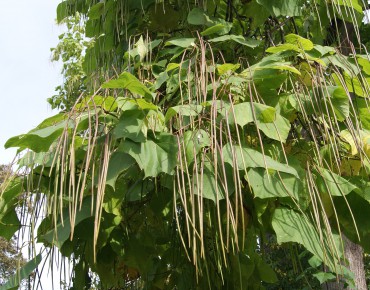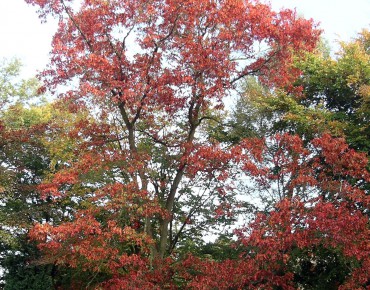- Out-of-Stock
Black tupelo
Nyssa Sylvatica
Description
Nyssa sylvatica – Black Tupelo
Origins and Characteristics
Nyssa sylvatica, also known as black tupelo or black gum tree, grows naturally in the moist or forested regions of the eastern United States. In the wild, it forms beautiful solitary specimens or grows along forest edges. Introduced to Europe as an ornamental tree, it is admired for its hardiness, wind tolerance, and above all, its stunning autumn foliage. It belongs to the Nyssaceae family, sometimes classified under Cornaceae.
Description and Features
The black gum tree displays a pyramidal shape when young, becoming more rounded with age. Its simple, glossy, oval leaves turn vivid shades of red, orange, purple, or burgundy in autumn. The dark grey bark becomes rough with time. Appreciated for its spectacular fall colors, it is often planted as a specimen tree to highlight its beauty.
Mature height: 10 to 15 m
Spread: 5 to 8 m
Foliage: Deciduous, glossy dark green turning scarlet red in autumn
Habit: Upright, pyramidal to rounded
Growth rate: Moderate (20–30 cm/year)
Plant Characteristics
Type: Deciduous ornamental tree
Hardiness: Very good (down to -25 °C / -13 °F)
Lifespan: Over 80 years
Main interest: Spectacular autumn color
Flowering: Spring (small, inconspicuous, greenish, nectar-rich flowers)
Fruits: Small black drupes (not edible), attract birds
Exposure and Soil
Exposure: Full sun or part shade (best coloring in full sun)
Soil: Acid to neutral, moist to fresh, well-drained
Tolerates heavy soils if not waterlogged
Dislikes chalky or very alkaline soils
Planting
Best planted in autumn or spring
Requires a deep, fresh soil, with mulch at the base during the first years to preserve moisture
Add compost and ericaceous soil if needed
Space at least 4 to 6 m from other trees
Watering
Regular watering during the first two years
Likes fresh soils: water in dry periods
Cannot withstand long droughts without root protection
Pruning
No mandatory pruning
Formative pruning possible in late winter for young trees
Remove low or unbalanced branches if necessary
Propagation
By seed (slow and unreliable) or cuttings (challenging)
Usually sold as grafted or nursery-grown plants
Garden Uses
Perfect for:
-
Solitary planting in lawns or large beds
-
Autumn gardens or plant collections
-
Near ponds or moist zones
-
Large country gardens or parks
Disease Resistance
Very hardy, rarely affected by disease
Occasional aphids or scale insects: minor and rare
Needs monitoring only in dry or calcareous soils
Tips for Optimal Growth
Choose a bright location with fresh to moist soil
Apply a mulch each summer
Combine with shade perennials or decorative foliage plants (hostas, ferns, astilbes)
Avoid dry or chalky soils without soil improvement
Nyssa sylvatica is a tree of outstanding ornamental value, discreet in spring but breathtaking in autumn. Its elegant form, low maintenance, and vibrant foliage make it a jewel for foliage-focused gardens — a refined and enduring species for lovers of botanical diversity and fiery landscapes.
Features
- Common name : Black tupelo
- Family : Nyssaceae
- Category : tree
- Spread : 8 m
- Foliage : deciduous
- Fruit : black blue berries, appreciated by squirrels and birds
- Use : isolated
- Soil : fertile, well-drained, neutral to acid
- Habit : pyramidal
- Earth to use : 50% universal potting soil and 50% heath earth
- Enemies : nothing to report
- Possible diseases : resistant to diseases
Expédition & livraison
How does the delivery work?
 As soon as you place your order your plants are selected
As soon as you place your order your plants are selected Each order is processed individually.
Each order is processed individually. Plants are packed, staked and labeled.
Plants are packed, staked and labeled. Packaging is carefully implemented to avoid any problems.
Packaging is carefully implemented to avoid any problems. Packages are ready to be shipped.
Packages are ready to be shipped.
Our delivery methods
Shipping of our plants throughout Europe (except overseas and islands).
Customer reviews


